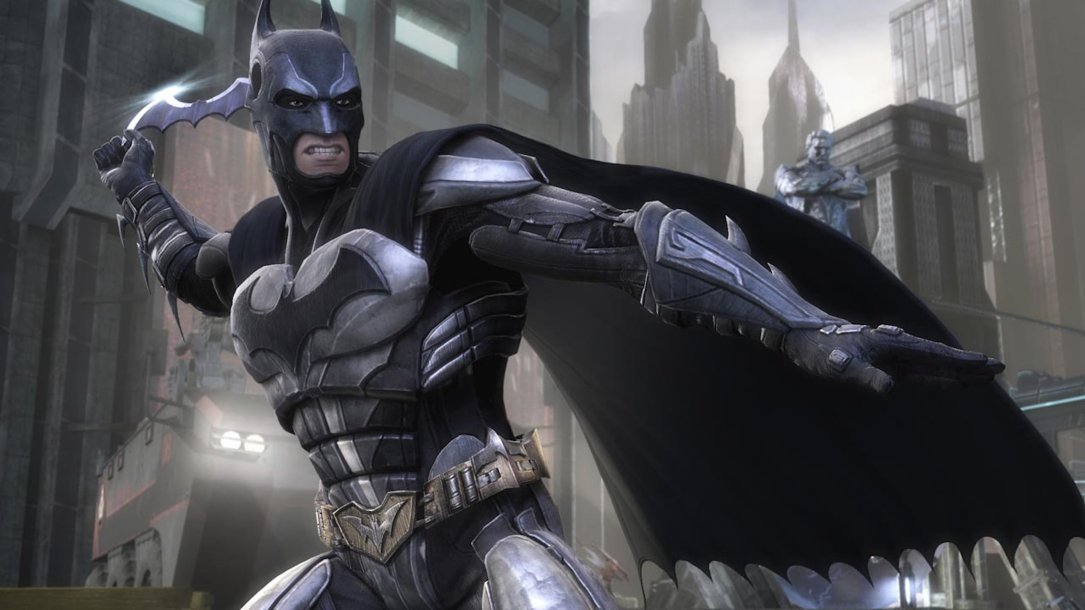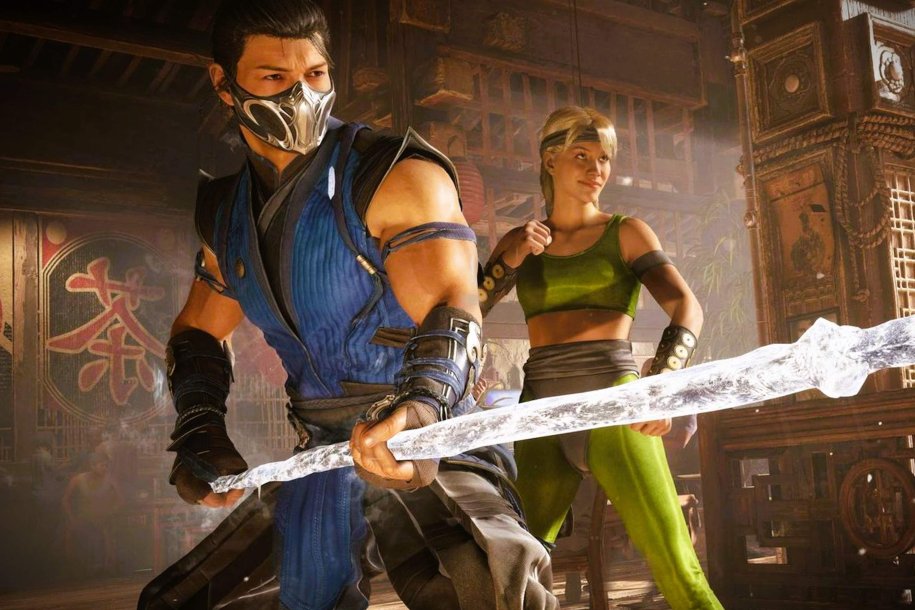
Before the release of Mortal Kombat 11, NetherRealm Studios received a unique request from Carlos Vasquez, a sightless Mortal Kombat competitor and founder of the Sento Showdown tournament for blind and low-vision individuals. Seeking a more inclusive experience, Vasquez proposed an audio cue for interactive objects.
NetherRealm embraced the idea, introducing an innovative accessibility feature in Mortal Kombat 1. This groundbreaking change, developed with input from Vasquez and accessibility advocate Brandon Cole, revolutionized "Extra Audio Feedback." The setting employs stereo sound to narrate on-screen events, providing crucial information for sightless players, such as stage positioning, character movement, and opponent actions.
Released in September, this development marks a significant leap forward in video game accessibility, exemplifying NetherRealm Studios' commitment to inclusivity. The evolution of Mortal Kombat's accessibility options showcases the studio's dedication to breaking barriers and enhancing the gaming experience for a diverse audience.
Breaking New Ground

The modern accessibility movement, marked by extensive menus and inclusive design, gained momentum around six years ago. A pivotal moment in this shift can be traced back to 2017's Assassin's Creed Origins, which introduced customizable subtitles and clear speaker indications. However, the roots of accessibility options in fighting games run deeper.
NetherRealm Studios has been at the forefront of accessible designs for years, even before the term gained widespread recognition. The director highlights control remapping and cites 2013's Injustice: Gods Among Us, which incorporated extra audio feedback. This innovation, providing audio cues near interactive objects, became a game-changer for blind and low-vision players.
The success of extra audio feedback opened NetherRealm's games to a broader audience, prompting the studio to refine existing mechanics and introduce new accessibility settings. Fighting games, intricate in their mechanics, require players to comprehend character movements, attack ranges, and projectile speeds. For blind and low-vision competitors, customizable audio cues offer a level playing field, providing essential information.
Carle, the studio's director, emphasizes the significance of these features, acknowledging their importance to players with vision disabilities. The journey of enhancing accessibility in fighting games reflects NetherRealm Studios' commitment to ensuring a more inclusive gaming experience for all.
Pioneering Accessibility in Mortal Kombat

Six years post-Injustice: Gods Among Us, NetherRealm's Mortal Kombat 11 elevated accessibility to unprecedented heights. Text-to-speech and speech-to-text features emerged as powerful tools for both deaf and hard-of-hearing players and those with visual impairments. However, the true innovation lay in anticipating features disabled players might desire, a testament to NetherRealm's commitment to inclusivity.
Jordan Hedges, a senior UX designer at NetherRealm, played a pivotal role in these innovations. Organizing accessibility-focused meetings, Hedges fueled the ambition to make Mortal Kombat 11 the most accessible game in the franchise. The continuous evolution of accessibility in games was evident in Mortal Kombat 1, where Hedges aimed to enhance screen reader support. Despite improvements, challenges persisted, particularly in character selection.
In Mortal Kombat 1, Hedges sought to empower sightless players with a screen reader capable of handling all on-screen text. This leap granted independence, enabling players like Vasquez to access features previously off-limits. The implementation, though challenging, underscored NetherRealm's dedication. Every screen in Mortal Kombat 1 underwent meticulous programming, determining the order in which text is read aloud and ensuring a comprehensive user experience for visually impaired players.
Vasquez attests to the impact, highlighting newfound capabilities like mastering anti-air attacks in Training mode. NetherRealm's commitment to accessibility unfolds as a challenging yet rewarding journey, pushing boundaries for an inclusive gaming landscape.

Mortal Kombat 1's extra audio feedback, shaped by the insights of consultants Carlos Vasquez and Brandon Cole, extends beyond the realms of character selections and settings menus. A groundbreaking addition, suggested by Vasquez and Cole, involves the incorporation of descriptive audio for Fatalities, allowing even sightless players to revel in the gory details that define Mortal Kombat's allure.
NetherRealm Studios' evolution in addressing accessibility needs is profound, reflecting a transformative journey from the studio's earlier iterations. The commitment to understanding the diverse needs of disabled players, coupled with an awareness of system limitations, has propelled the development of increasingly sophisticated options. Mortal Kombat 1 stands as a pinnacle in accessibility, yet it marks not an endpoint but a stepping stone toward a future where games continually cater to the diverse gaming community.
While Mortal Kombat 1 showcases the studio's dedication to accessibility, Trevor Carle, the studio's director, acknowledges that the journey is ongoing. Anticipating player feedback, especially from those new to the franchise, NetherRealm remains committed to refining and improving accessibility features. Carle envisions a future where players, empowered by these extensive accessibility features, not only engage with the game but potentially triumph in major tournaments—an inspiring vision that underscores the studio's unwavering commitment to inclusivity.
